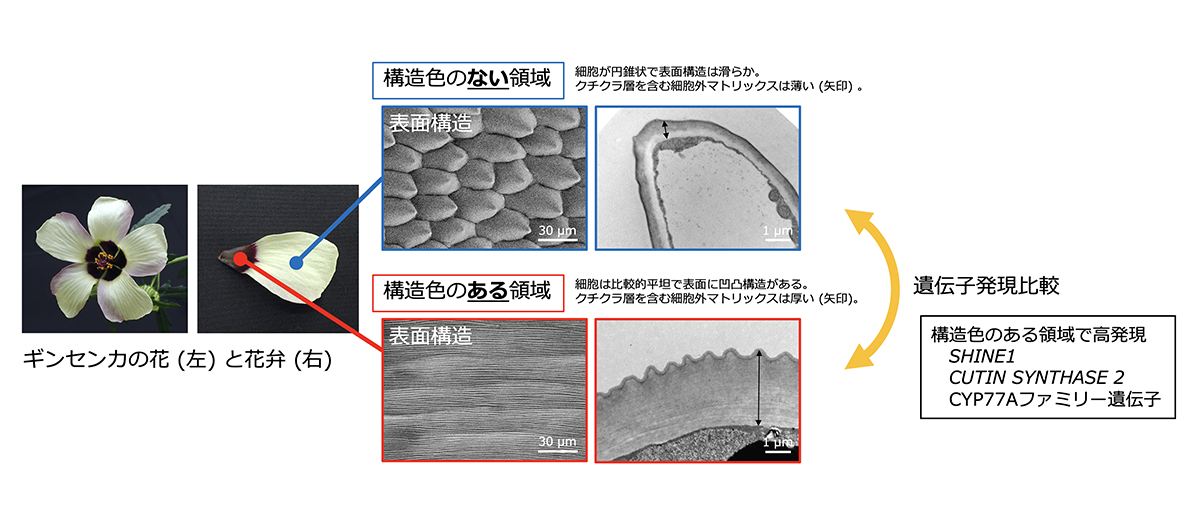2023-09-18 ブラウン大学
◆この研究は、ロードアイランドでブプレノルフィンが処方された患者を対象に行われ、フェンタニルという高効力の処方薬がオーバードーズと死亡を増加させ始めた期間に行われました。治療ガイドラインがフェンタニルなどの強力なオピオイドに対応するために見直される必要があるという議論が高まっています。
<関連情報>
- https://www.brown.edu/news/2023-09-18/buprenorphine-dose
- https://jamanetwork.com/journals/jamanetworkopen/fullarticle/2809633
フェンタニル時代のオピオイド使用障害患者におけるブプレノルフィン投与量と中止までの期間 Buprenorphine Dose and Time to Discontinuation Among Patients With Opioid Use Disorder in the Era of Fentanyl
Laura C. Chambers, Benjamin D.Hallowell, Andrew . Zullo, Taylor . Paiva, Justin Berk, Rachel Gaither, Aidan J. Hampson, Francesca L. Beaudoin, Rachel S. Wightman,
JAMA Network Open Published:September 18, 2023
DOI:10.1001/jamanetworkopen.2023.34540

Key Points
Question Are higher doses of buprenorphine treatment for opioid use disorder associated with improved retention in treatment when use of fentanyl (vs heroin) is more prevalent?
Findings In this cohort study of 6499 patients initiating buprenorphine treatment between 2016 and 2020, those prescribed the recommended daily dose (16 mg) were at significantly greater risk of treatment discontinuation within 180 days than those prescribed a higher dose (24 mg).
Meaning The results of this study suggest that the value of higher buprenorphine doses than currently recommended needs to be considered for improving retention in treatment.
Abstract
Importance Buprenorphine treatment for opioid use disorder (OUD) has more than doubled since 2009. However, current US Food and Drug Administration buprenorphine dosing guidelines are based on studies among people using heroin, prior to the emergence of fentanyl in the illicit drug supply.
Objective To estimate the association between buprenorphine dose and time to treatment discontinuation during a period of widespread fentanyl availability.
Design, Setting, and Participants This retrospective cohort study used statewide Rhode Island Prescription Drug Monitoring Program data. Participants were Rhode Island residents initiating buprenorphine treatment for OUD between October 1, 2016, and September 30, 2020. Data analysis was performed from December 9, 2022, to August 10, 2023.
Exposure Daily dose of buprenorphine (16 mg and 24 mg) defined starting on the day of initiation based on total quantity and days’ supply dispensed. Patients were censored on any dose change.
Main Outcomes and Measures Buprenorphine treatment discontinuation in the 180 days following initiation, defined as a gap in treatment of more than 27 days based on prescription fill dates and days’ supply. Kaplan-Meier and Cox regression survival analyses were conducted to estimate the association between buprenorphine dose and time to treatment discontinuation, controlling for potential informative censoring and measured potential confounders.
Results Among 6499 patients initiating buprenorphine treatment for OUD, most were aged 25 to 44 years (57%; n = 3682), were male (61%; n = 3950), and had private (47%; n = 3025) or Medicaid (33%; n = 2153) insurance. More than half of patients were prescribed a daily dose of interest at initiation (16 mg: 50%; n = 3264; 24 mg: 10%; n = 668). In Kaplan-Meier analyses, 58% of patients discontinued buprenorphine treatment within 180 days (16 mg: 59% vs 24 mg: 53%; log-rank test P = .005). In Cox regression analyses, patients prescribed a dose of 16 mg had a greater risk of treatment discontinuation than those prescribed 24 mg (adjusted hazard ratio, 1.20; 95% CI, 1.06-1.37).
Conclusions and Relevance In this cohort study of patients initiating buprenorphine treatment from 2016 to 2020, patients prescribed a 24 mg dose of buprenorphine remained in treatment longer than those prescribed 16 mg. The value of higher buprenorphine doses than currently recommended needs to be considered for improving retention in treatment.


